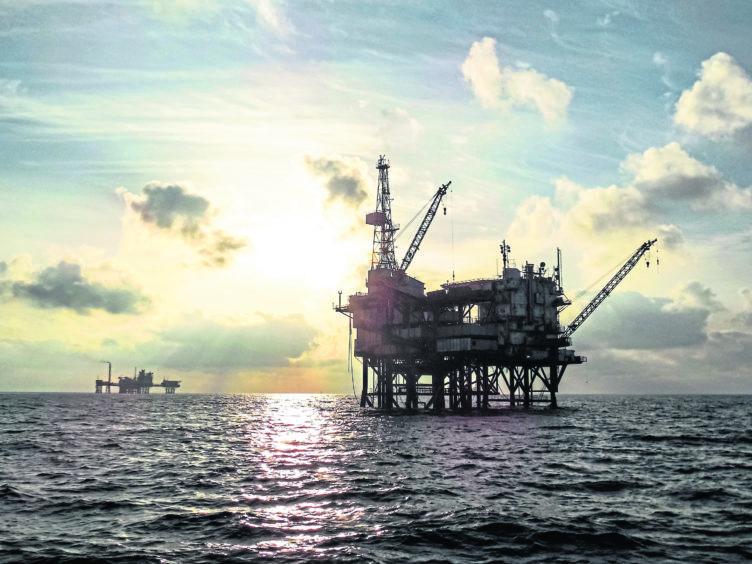
There has been around £8billion of destroyed value through North Sea deals between 2012 and 2018, according to WoodMackenzie.
The analyst firm has tracked the 55 deals announced over the six-year period, which had an aggregate purchase price of £43billion but the firm now values at £35.4bn.
Only 18 of the 55 have made a positive return.
Asset under-performance post-deal and oil and gas price movements contributed to the loss.
Neivan Boroujerdi, principal analyst, North Sea upstream said: “Value destruction was at its worst between 2012 and 2014: a period where most buyers will have assumed higher oil and gas prices than have since been realised. Conversely, the opportunists that were willing to pull the trigger at the bottom of the market in 2015 and 2016 have benefited from the uptick in prices that followed.
“But it’s too simplistic to say that ‘winners’ and ‘losers’ were determined by whether they lucked out on the commodity price bet. Regardless of the cycle, there were other factors at play.”
The critical determinants of success, he said, included knowing the region and the assets, and having a value creation strategy in place.
He added that private equity firms appear to be the big winners on paper.
“Pre-production assets almost exclusively destroyed value, while producing assets generally made a positive return”, he said.
“Operatorship is also a factor in value creation. And those operators who took an ‘acquire-and-exploit’ approach – taking on under-loved assets, reducing costs and increasing investment – have seen results. Fundamentally, operatorship allowed incumbents more control over targeting upside.
“Private equity is the big winner on paper, but an exit route looks more complicated than it did a few years ago.
“So what does this tell the next wave of buyers? Being on the right side of the oil price bet is important, but in the absence of a crystal ball, there are others.
“While having operatorship tends to give a better return, this could be the time to align with some of the new operators with big investment plans. Pre-production assets are often the most exciting and tick the box in terms of growth. But they are uncertain, so risk them accordingly.”
Recommended for you

